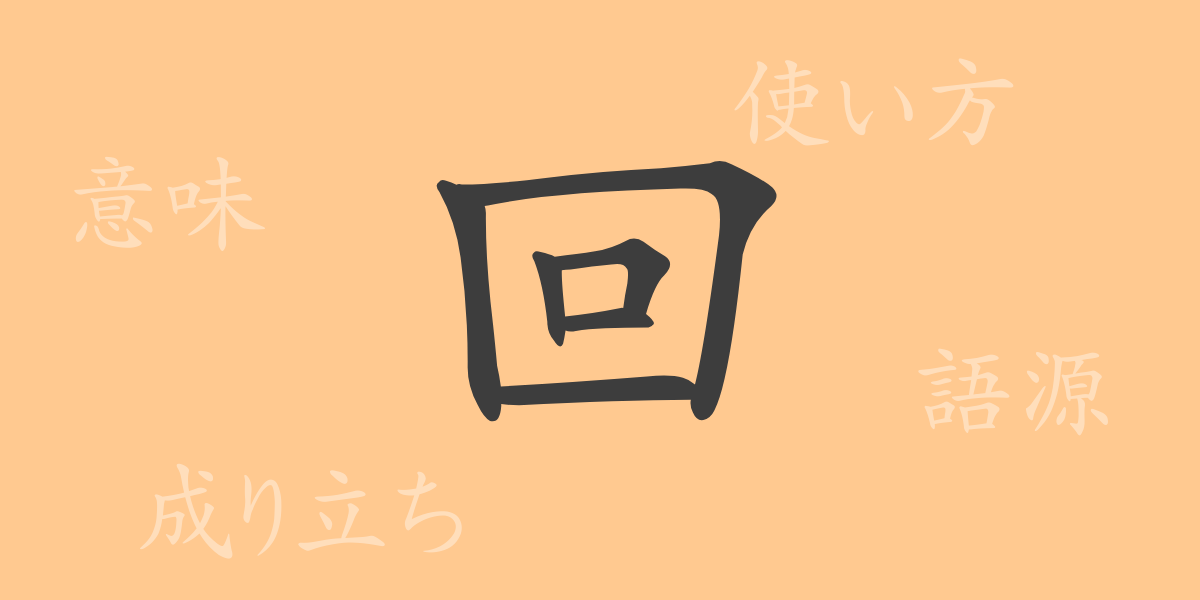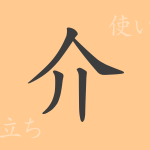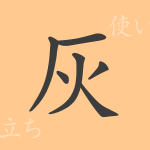In the Japanese language, there exists a multitude of kanji characters that conceal profound meanings and beauty. One such kanji is “回” (Kai), which is closely intertwined with our daily lives and used in a variety of expressions. In this article, we delve into the allure of the kanji “回” (Kai), exploring its origins and various usages. We hope that readers will gain a deeper understanding of the kanji “回” (Kai).
The Origins of 回 (Kai)
The kanji “回” (Kai) originates from ancient pictographs that represented the action of rotating or changing direction. Initially, it was a figure indicating a spinning movement, which evolved to depict the cyclical nature of time and space. Over time, its form became more abstract, resulting in the current shape of “回” (Kai). This kanji has been used in China since ancient times and was transmitted to Japan, where it has become established as a commonly used character.
Meanings and Usages of 回 (Kai)
The kanji “回” (Kai) conveys meanings such as “to turn,” “to go around,” and “to repeat.” In Japanese, it is often used to indicate time, places, or actions. For instance, “一回” (ikkai) means one time, “回答” (Kaitō) means to respond, and “回り道” (Mawarimichi) means a detour. It is also used to express direction, as seen in phrases like “右回り” (migimawari) for “clockwise” and “左回り” (Hidarimawari) for “counterclockwise.”
Readings, Stroke Count, and Radical of 回 (Kai)
The kanji “回” (Kai) has multiple readings, depending on its use.
- Readings: The on’yomi (Chinese reading) is “カイ” (Kai), while the kun’yomi (Japanese reading) includes “まわる” (Mawaru) and “まわす” (Mawasu), among others.
- Stroke Count: A total of 6 strokes.
- Radical: 囗 (くにがまえ – Kuni-gamae)
Idioms, Phrases, and Proverbs Using 回 (Kai) and Their Meanings
There are numerous idioms, phrases, and proverbs that include the kanji “回” (Kai). For example, as idioms, we have “一回生” (Ikkaisei), “回復” (Kaifuku), “回顧” (Kaiko), and as a phrase, “手を回す” (Te- wo- mawa-su). The proverb “悪事千里を走る” (Akuji senri -wo- hashi-ru), where “千里” (Senri) can also be written as “千回” (Senkai), is known to include “回” (Kai). These expressions carry meanings such as “once-in-a-lifetime,” “to return to the original state,” “to look back on the past,” “to use influence or power to get things done,” and “bad news travels fast,” respectively, showcasing the richness of the Japanese language.
Conclusion on 回 (Kai)
The kanji “回” (Kai) possesses a variety of meanings and uses that one would not expect from its simple shape. The frequency with which it is used in the Japanese language speaks to the vital role it plays in our lives. It is our hope that through this exploration, readers have rediscovered the meanings and charm of “回” (Kai). We encourage you to continue engaging with the world of kanji, including “回” (Kai), to enjoy the profound depths of the Japanese language.

























